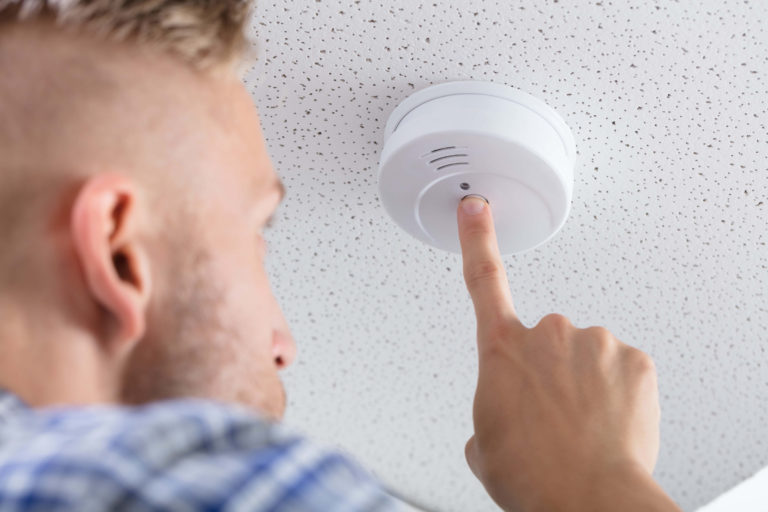Every season has its dangers and tragedies. With winter 2017-2018 on the horizon, the Climate Prediction Center of the National Weather Service has issued a La Niña advisory. The chance is 55-65 percent, which has NOAA forecasters predicting a colder, wetter winter for the northern half of the U.S. Sometimes the most significant winter threat doesn’t come from the great outdoors. Instead, it happens quietly inside your own home. Like carbon monoxide poisoning.
The Center for Disease Control (CDC) reports that between 2010 and 2015 there were 2,244 reports of accidental deaths due to carbon monoxide poisoning. Also, nationwide, carbon monoxide-related hospitalizations hover slightly above 2000 annually, and confirmed emergency room visits due to carbon monoxide are 10 times that number.
A natural gas produced by gas furnaces, stoves (both natural gas and propane), charcoal grills, portable generators, and automobiles, carbon monoxide has no color, odor or taste.
Carbon Monoxide Poisoning is Preventable!
Brigade Fire Protection, along with the CDC recommends these simple steps to protect your family from carbon monoxide poisoning:
- Have your gas-, oil-, and coal-burning appliances, water heaters, and furnaces inspected and repaired annually by a qualified technician.
- Make sure you have carbon monoxide detectors installed alongside smoke detectors in your home. (Single units that will detect both carbon monoxide and smoke are available.) And if your sensors are battery operated, make sure to change the batteries twice a year when you turn the clocks for daylight-savings time.
- Do not use portable grills (charcoal or gas), gas-burning heaters, camp stoves, or generators inside your home. When using them outside, make sure to any nearby windows are closed.
- Never open the door of your gas oven in an attempt to heat your home.
Always make sure fireplaces, and wood or pellet burning stoves have vents outside and that they are open. - Avoid carbon monoxide buildup by never running your automobiles inside your garage. (No, not even when the garage door is open.)
- Know the symptoms of carbon monoxide poisoning – lightheadedness, dizziness, unusual sleepiness, headaches, and nausea.
- ALWAYS seek medical attention if you suspect carbon monoxide poisoning.
Because this insidious gas has no odor or taste, and the symptoms can be easily mistaken for common winter maladies such as a cold or the flu, it is crucial to be aware. At the first indication that carbon monoxide could be a factor, get everyone outdoors and into the fresh air, and then call 911.
Mild carbon monoxide poisoning is treatable. But, as the saying goes, an ounce of prevention is worth a pound of cure!

